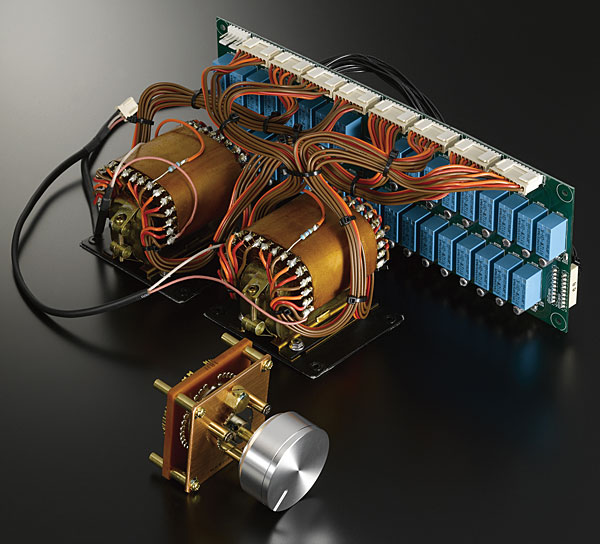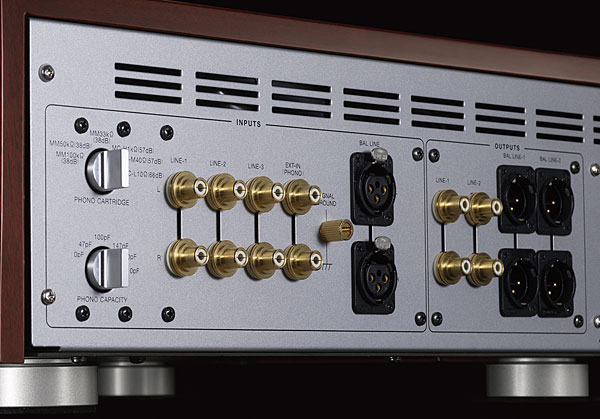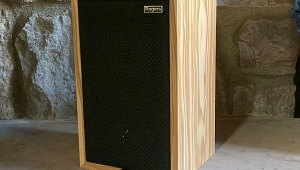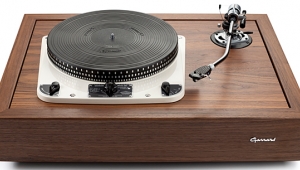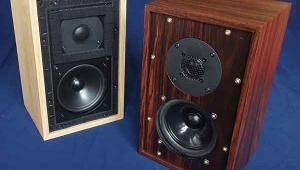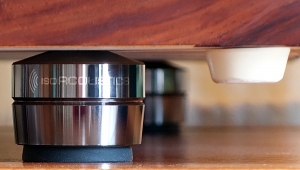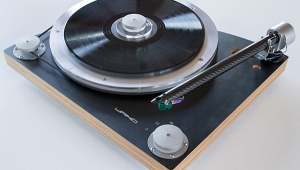| Columns Retired Columns & Blogs |
It is with not a little tinge of sadness that I read this, apparently final, column by Mr. Dudley. And some admiration, knowing that he likely was writing this and doing his other editorial duties while in the grips of cancer, which usually is not painless in its late stages.
God speed, Mr. Dudley! You will be missed.


